So, you’re on the hunt for a new pet. Congratulations! It’s an exciting time, for sure. But you’ll be darned if you end up bringing a new puppy home, only to find that your sinuses can’t quite handle them. Since you’re here, we’re going to guess that finding hypoallergenic dogs is one of your top priorities.
In this article, we are going to discuss and compare Doodle breeds only and determine whether they truly are hypoallergenic dogs. We will discuss survey results for Amount of Shedding, Hypoallergenic Levels, and Ease of Grooming, as these factors all play into whether any dog will be suitable for you and your family.
We will also look at the results for each category between each of the Doodle generations (i.e. F1, F1B, F2, etc.) to see how they compare.
All the graphs you’ll see below show survey results based on personal observations and experiences submitted to us from nearly 1,000 Aussiedoodle, Bernedoodle, Goldendoodle, and Labadoodle owners.
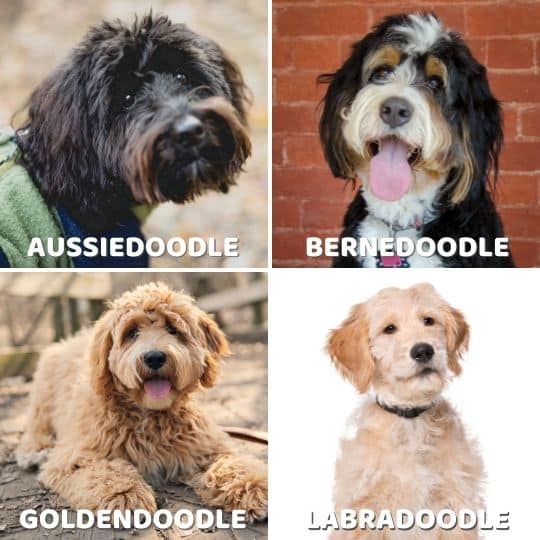
What Are Hypoallergenic Dogs?
Most people assume that the culprit of allergies to pets is because of their fur. This is only half-true, as it’s rare for someone to be allergic to animal fur. In actuality, the dander (dead skin particles) from the skin is what triggers allergies to flare up.
Now, for a dog to be considered hypoallergenic, it must be relatively unlikely to cause an allergic reaction. Pets that are considered “hypoallergenic” generally have longer hair that doesn’t shed. Hair that doesn’t shed allows dander to stay embedded within it, instead of being released into the air. Thus, causing little to no allergic reaction.
What Are Doodles?
Doodles are also known as Poodle-mixed breeds, and are commonly touted as being hypoallergenic dogs. Hypothetically, this is true mainly due to their Poodle genes, since Poodles are considered hypoallergenic.
Some of the most well-known Doodle breeds include:
However, different Doodles have varying degrees of shedding, hypoallergenic levels, and grooming requirements. We’ll explore those differences below.
About the Graphs
The graphs below are updated in real-time as people submit their responses to the survey.
All ratings are based on a scale from Poor to Excellent. Keep in mind that these survey results are anecdotal (based on people’s personal ratings).
Each graph is interactive so you can hover over the sections (on a computer) or tap on the sections (on a mobile device) for more info. On mobile devices, the graphs might look cut off, but you can use your finger to tap and drag to scroll and see the full graph.
Comparing Amount of Shedding
In the graph below, we compare Shedding feedback for Goldendoodles, Labradoodles, Bernedoodles, and Aussiedoodles. Poor means that the the dog sheds a lot, whereas Excellent means the dog sheds hardly ever.
All the Doodle types were overwhelmingly rated Excellent or Very Good.
However, Labradoodles and Aussiedoodles had higher Satisfactory, Fair, and Poor votes than the others.
Hypoallergenic Dogs? We’ll See…
In the graph below, we compare Hypoallergenic feedback for Goldendoodles, Labradoodles, Bernedoodles, and Aussiedoodles. Poor means that the dog triggers allergies, whereas Excellent means the dog does not trigger allergies.
All Doodle types were overwhelmingly rated Excellent or Very Good.
However, Bernedoodles were the only Doodle type that was reported as mostly or entirely hypoallergenic. Aussiedoodles, Goldendoodles, and Labradoodles had more reports of being Satisfactory or Fair. This correlates with the survey results for amount of shedding.
Based on the data, we could say that all the Doodles can be considered hypoallergenic dogs. But let’s not get ahead of ourselves – let’s first explore each Doodle’s generation later in this article to see if they differ from each other.
Ease of Grooming
In the graph below, we compare Ease of Grooming feedback for Goldendoodles, Labradoodles, Bernedoodles, and Aussiedoodles. Poor means that the dog has high grooming requirements, whereas Excellent means the dog has low grooming requirements.
Basically, no Doodle or Poodle-mix dog is going to be easy to groom. Their coats are typically very high maintenance, as they require daily brushing to prevent matting.
The only noticeable observation from this data perhaps, is that Aussiedoodles and Labradoodles might be easier to groom than the others, but probably because those individual dogs were also observed to shed more.
Let’s Compare Doodle Generations
Before we declare any “winners”, we’ll dive further in and compare each of the Doodle’s generations.
Goldendoodles
Let’s further analyze Goldendoodles in all three categories by looking at their generations.
If we look at the chart below for Shedding, we can see that F1B Goldendoodles win by a mile in Excellent ratings. F1’s are pretty much split between Very Good and Excellent.
If we look at the chart below for Hypoallergenic-ness, we see a very similar trend. As we mentioned in the intro, this correlates with the idea that hair that doesn’t shed allows dander to stay embedded within it, instead of being released into the air. Thus, causing little to no allergic reaction. Looks like F1B Goldendoodles win as hypoallergenic dogs!
If we look at the chart below for Ease of Grooming, we see some interesting contrasts. Where F1s and F1Bs rated highly for being low-shedding, you can see that they both rate much lower in relation to Grooming requirements.
This makes sense! Low-shedding dog = longer hair = more grooming
Labradoodles
Let’s further analyze Labradoodles in all three categories by looking at their generations.
If we look at the chart below for Shedding, we can see that F1B, F2, Multigenerational, and Australian Labradoodles really stand out in Excellent ratings. Interesting!
…Not so much for the F1 Labradoodles, though. The results for them are very mixed, with way less reporting Excellent.
If we look at the chart below for Hypoallergenic-ness, we see a very similar trend. As we mentioned in the intro, this correlates with the idea that hair that doesn’t shed allows dander to stay embedded within it, instead of being released into the air. Thus, causing little to no allergic reaction.
If we look at the chart below for Ease of Grooming, we see some interesting contrasts. Where F1B, F2, Multigenerational, and Australian Labradoodles rated highly for being low-shedding, you can see that they all rate lower in relation to Grooming requirements.
F1 Labradoodles are also showing a similar trend. BUT! Where they were rated more likely to shed, they rate higher for being easier to groom. (Probably because they shed so much that grooming isn’t even required!)
This makes sense! Low-shedding dog = longer hair = more grooming
Bernedoodles
Let’s further analyze Bernedoodles in all three categories by looking at their generations.
If we look at the chart below, we can see that F1 Bernedoodles are split mostly between Very Good and Excellent. However, they also have the most Satisfactory ratings.
F1B and Others are rated as mostly Excellent.
If we look at the chart below for Hypoallergenic-ness, we see a very similar trend. As we mentioned in the intro, this correlates with the idea that hair that doesn’t shed allows dander to stay embedded within it, instead of being released into the air. Thus, causing little to no allergic reaction.
If we look at the chart below for Ease of Grooming, we see some interesting contrasts. Where F1 and F1B Bernedoodles were rated highly for being low-shedding, you can see that they all rate lower in relation to Grooming requirements.
This makes sense! Low-shedding dog = longer hair = more grooming
Aussiedoodles
Let’s further analyze Aussiedoodles in all three categories by looking at their generations.
If we look at the chart below, we can see that F1, F1B, and Other Aussiedoodles were mostly rated Excellent. On the same note, more people rated their F1 Aussiedoodle as more likely to shed.
F2 Aussiedoodles were mostly reported as Very Good or Excellent (little to no shedding).
If we look at the chart below for Hypoallergenic-ness, we see a very similar trend. As we mentioned in the intro, this correlates with the idea that hair that doesn’t shed allows dander to stay embedded within it, instead of being released into the air. Thus, causing little to no allergic reaction.
If we look at the chart below for Ease of Grooming, we see some interesting contrasts. Where F1 Aussiedoodles were reported as mostly low-shedding, you can see that more people rated them as higher maintenance in terms of grooming. Same with F1B’s and F2’s.
This makes sense! Low-shedding dog = longer hair = more grooming
In This Battle of Hypoallergenic Dogs, Who Wins?
That’s easy – they all do!
By looking at the data, we can see that all Doodles are very similar when it comes to shedding, whether they are hypoallergenic dogs, and how easy they are to groom. That is to say that they really do live up to the hype of being great for people with allergies.
So how do you choose?
You choose based on temperament – which breed’s personality traits and characteristics suit you best.
Now, we can’t tell you which Doodle to get, but if keeping your allergies at bay is a top priority, your best bet will be with an F1B Doodle of any kind.
Learn Which Doodle Is Best For You!

Avoid making the mistake of choosing the wrong Doodle temperament for your family, lifestyle, or current living situation.
Learn More
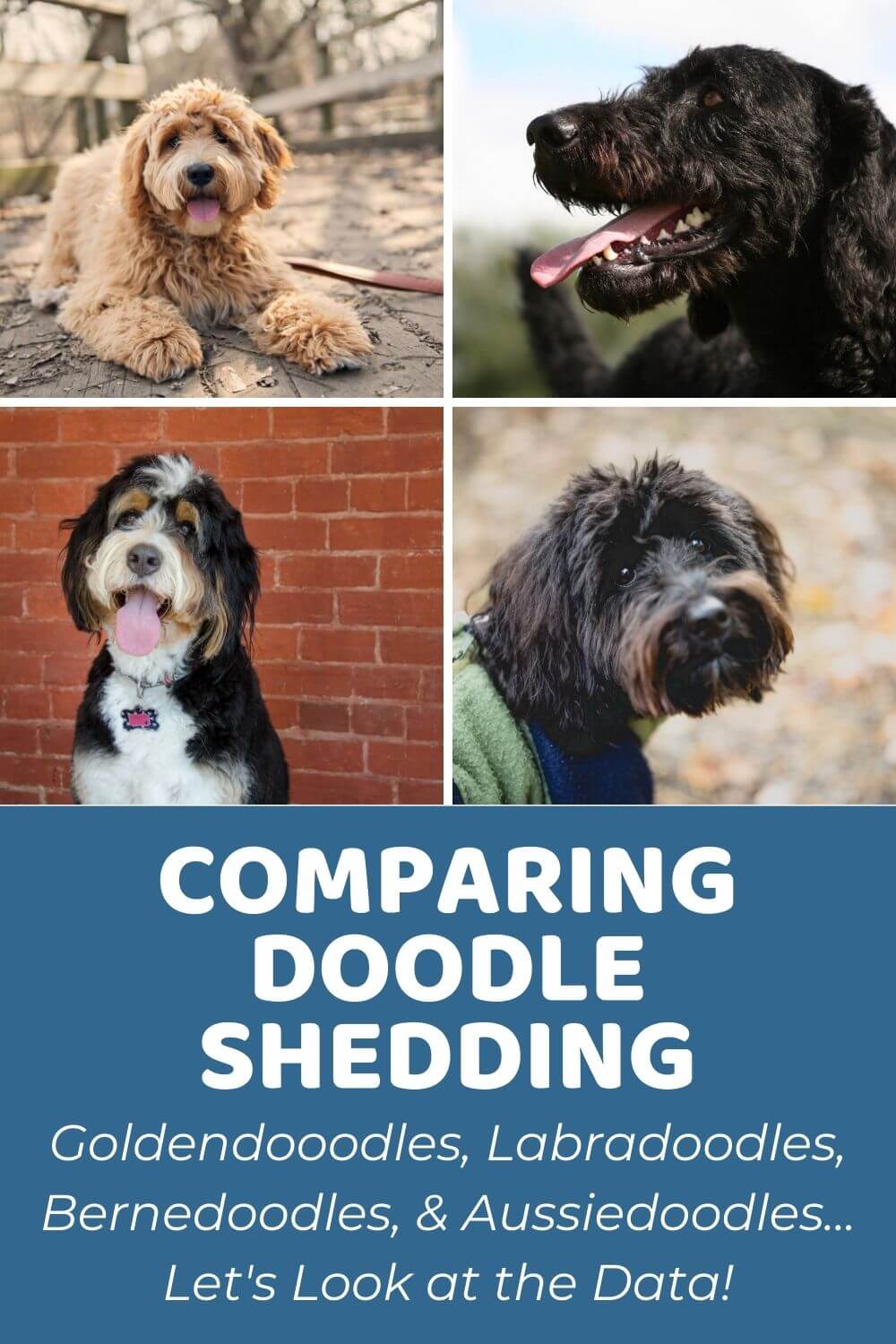
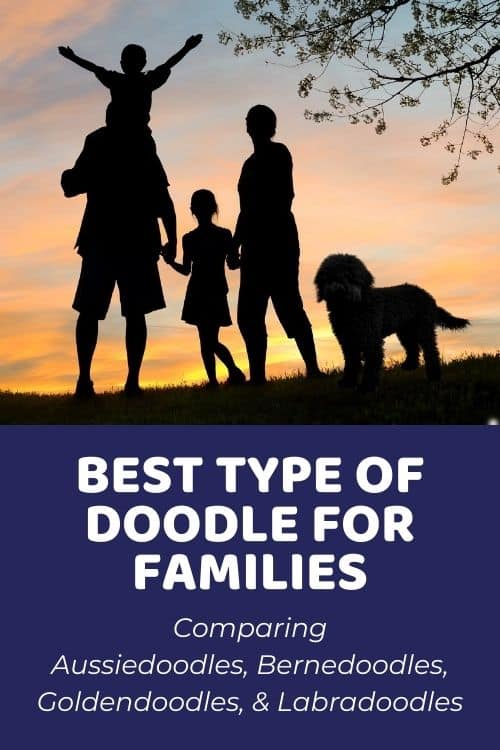
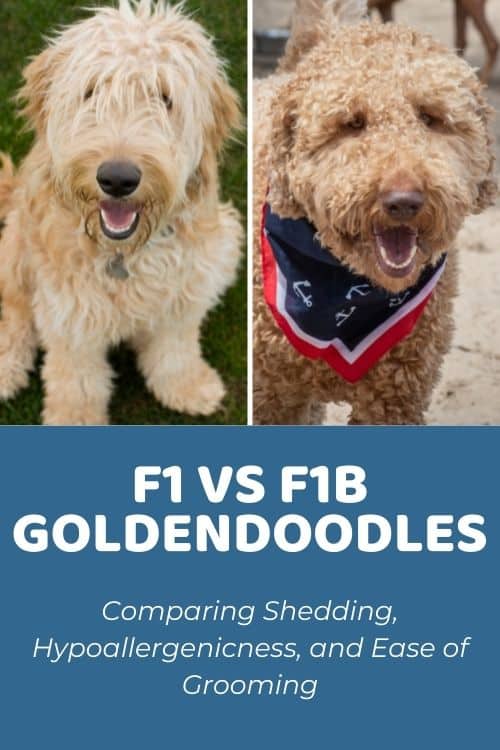
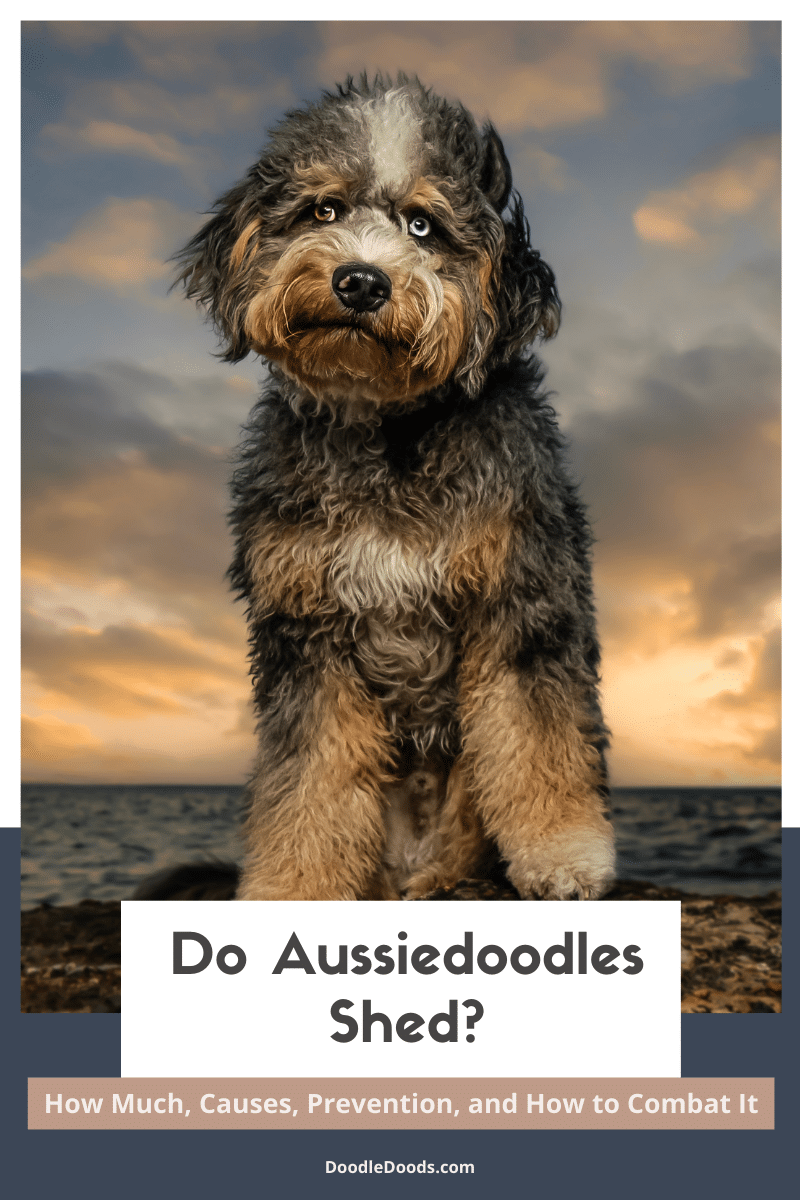
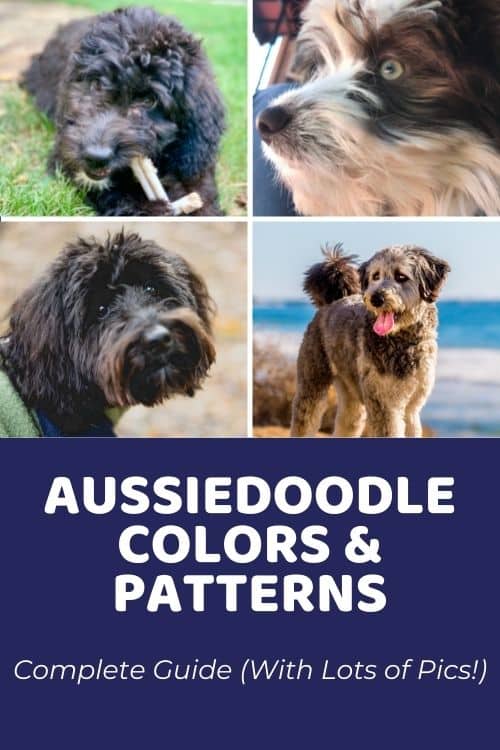
Thanks for sharing the interesting survey. I think it would be very helpful if you indicated what percentage of the respondents actually claimed to be allergic to dogs. If not high, then the hypoallergenic scores are not very meaningful since people who are not allergic would be expected to give excellent on that score.
Also, your analysis of generations within each breed would be improved if the percentages for each generation added up to 100%. Readers could then more easily compare the percentage of excellent scores for F1, F1B, and F2 dogs of the same breed.
Finally, it would be good if you provided some data indicating how many dogs of each breed and generation you got responses for.
Thanks.
December 19, 2020 at 10:24 am